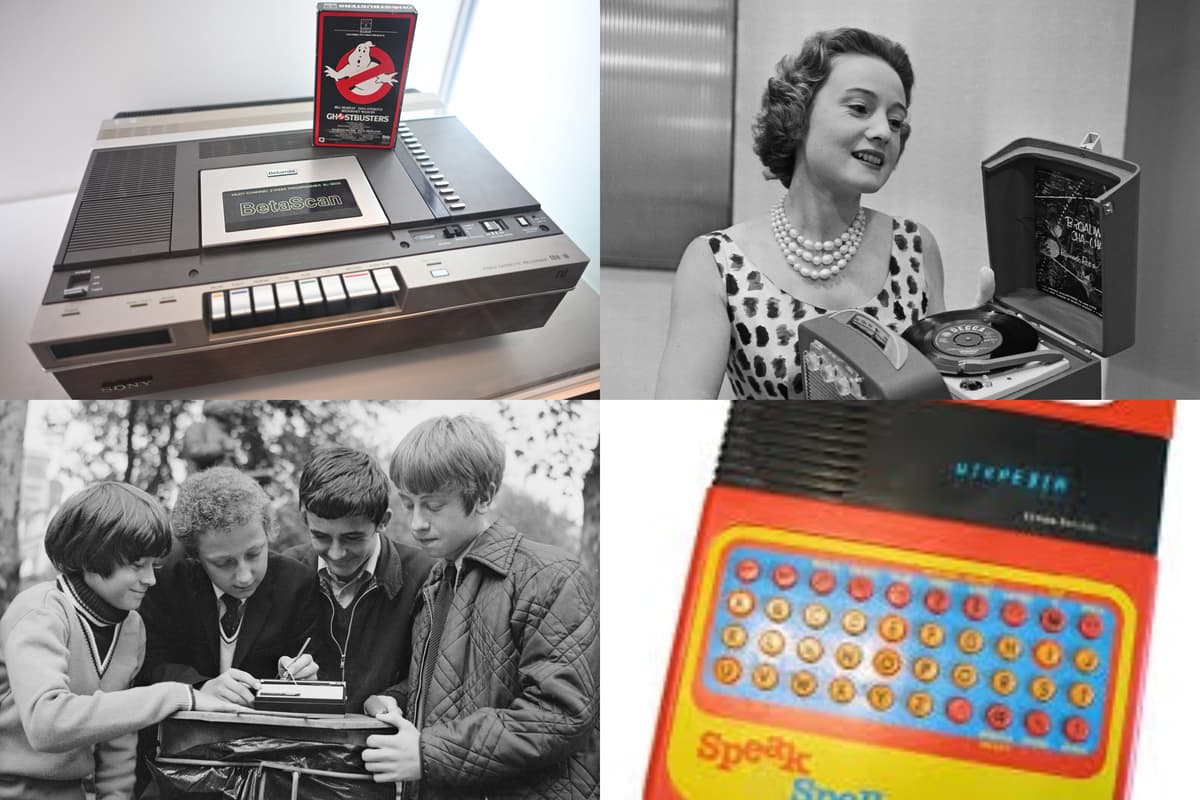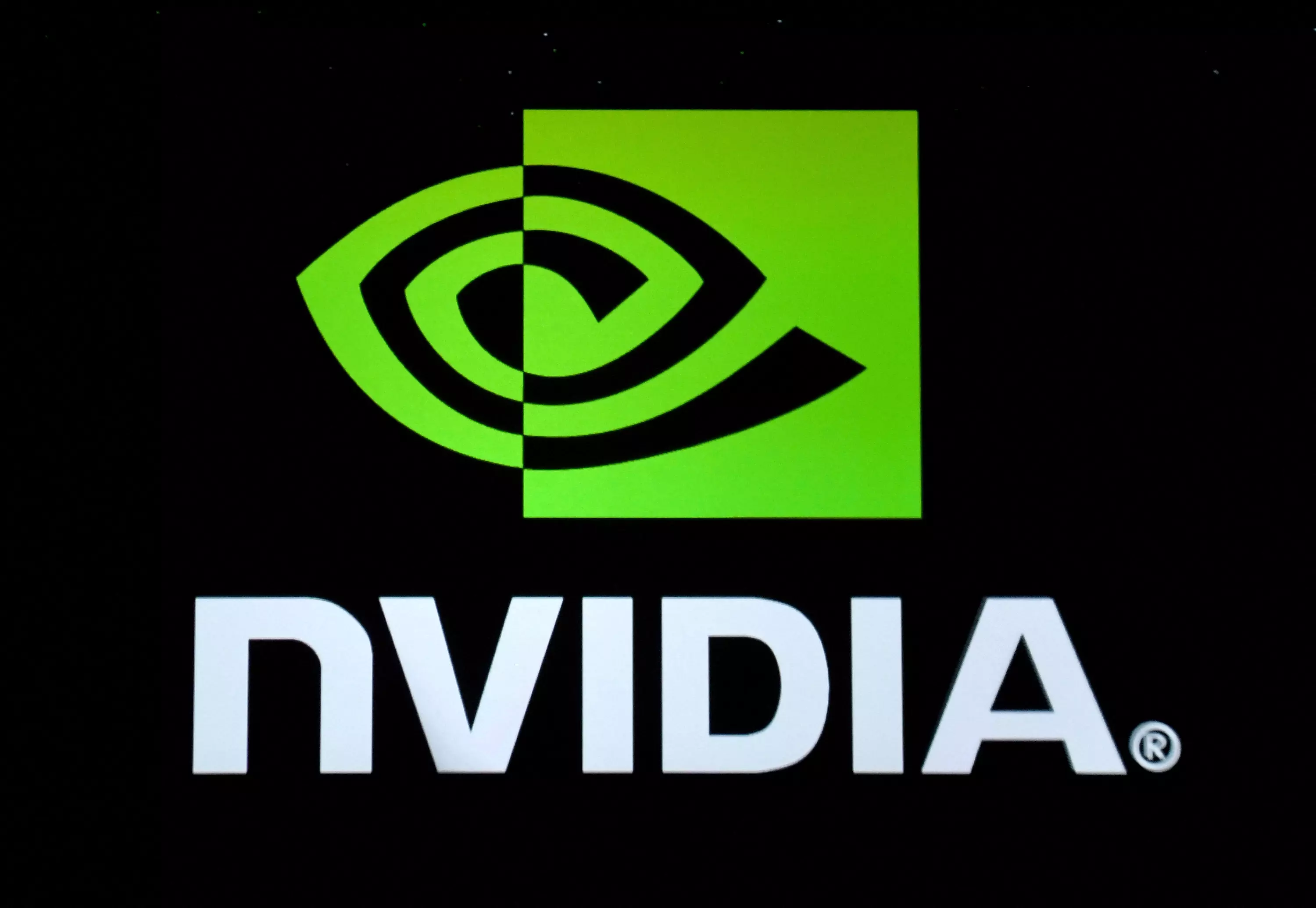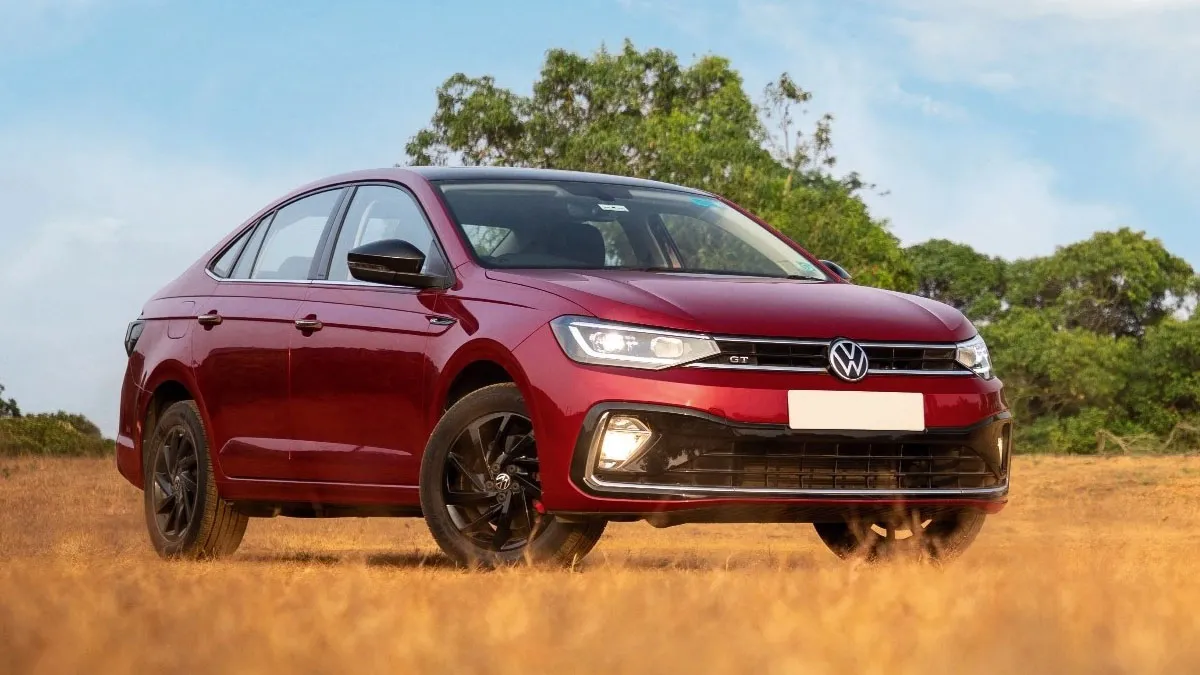Copyright newsletter

They were at the cutting edge of technologyBut these gadgets have gone from must-have status to obsolescenceDid you own any of these forgotten gadgets during the 60s, 70s, 80s or 90s? They were among the most desirable products of their day. Yet these gadgets, which were all the rage in the 60s, 70s, 80s and 90s, when they were at the cutting edge of technology, have largely faded into obscurity. As technological advances, changing tastes and cheaper alternatives rendered them obsolete, they disappeared from the public consciousness. Thrown away or left to gather dust in the attic, they were reduced to footnotes in the modern consumer history. But some are design classics, which changed the way we worked and played, and they deserve to be remembered. How many of these gadgets from decades past do you remognise, and did you own any of them? The Stylophone is a design classic from 1967, which has delighted millions of youngsters over the years and even made it into the charts. While the miniature analogue synthesiser was designed for children, it caught the imagination of many professional musicians, being used by stars including John Lennon and David Bowie. While the synthetic sound may not be to everyone’s taste, its simplicity and durability meant the Stylophone stuck around longer than anyone expected, and it was even relaunched in 2007 for a new generation to enjoy. Betamax video recorders At one point, the Sony Betamax looked sure to win the war against VHS, with its superior picture quality considered a major advantage over its rival. Sadly, that edge didn’t last long. The initial one-hour recording time was too short to record films and when this was increased the higher resolution had to be sacrificed. By the mid to late 80s, it was clear that Betamax, which had been launched in 1975, had lost its battle against VHS, though, perhaps surprisingly, Sony continued making Betamax recorders until the early noughties. Both Betamax and VHS were, of course, eventually superseded by DVD players and, later, streaming. Instamatic camera The Kodak Instamatic revolutionised the world of photography when it was launched in 1963. The key to its appeal was its affordability and simplicity, which democratised photography, making it accessible to everyone. Its remarkable popularity saw more than 50 million Instamatic cameras sold between 1963 and 1970. It spawned many imitators, and the name Instamatic became used to describe any cheap, point-and-shoot camera. Dansette record player Long before the Walkman came along, the Dansette record player led the way when it came to enjoying music on the move. The first model came out in 1952 and more than one million were sold during the 50s and 60s. Dansette record players were designed to be transportable, with a handle, studs on the side, a speaker and controls on the front, and latches on top to secure the protective lid. They did not come cheap, but teenagers who were lucky enough to own one would take them to parties to listen to the latest releases with their friends. Sinclair C5 This one-person electric tricycle could have been the future of sustainable travel. It was at the cutting edge of technology when it was launched in 1985 by Clive Sinclair, whose range of home computers had made him a millionaire. Sadly, it failed to capture the public imagination at the time, with only 5,000 models out of 14,000 made being sold before its manufacturer went into receivership. Its 15mph maximum sped and limited battery life made it a hard sell at the time, but it has since been reappraised as a design classic which has gained a cult following over the years and become highly collectable. Sound effects keyring These were all the rage in the late 80s and early 90s, when the tinny noise they produced echoed around the top deck of many a bus, to the delight of schoolchildren. They usually had around eight different coloured buttons, producing a variety of sounds, including imitation gunfire and the drone of falling missiles. Sound effects keyrings were a popular Christmas stocking filler in the 80s and 90s, but parents who bought them as presents were often left to rue their generosity. They were rendered obsolete by mobile phones, which prompted a new craze for different ringtones. Speak & Spell computer Yes, it was an educational toy, but for many children this was their first computer, or something close to one at least, and the thrill of listening to the synthetised voice it generated in the 70s and 80s is hard to fathom for children today. Speak & Spell was launched in 1978 and quickly became a must-have toy for youngsters, whose parents were happy to buy it for them. It was originally aimed at children aged seven or above, helping them learn to spell and pronounce more than 200 tricky words. Technology has moved on but this remains a retro design classic, and such is the nostalgic appeal to those who remember it from their childhoods that it was relaunched in 2019. Do these items bring back any happy memories for you? If you’re old enough to remember them, you might appreciate this look back at things we all used in the 60s and 70s but young people today would struggle to identify.



